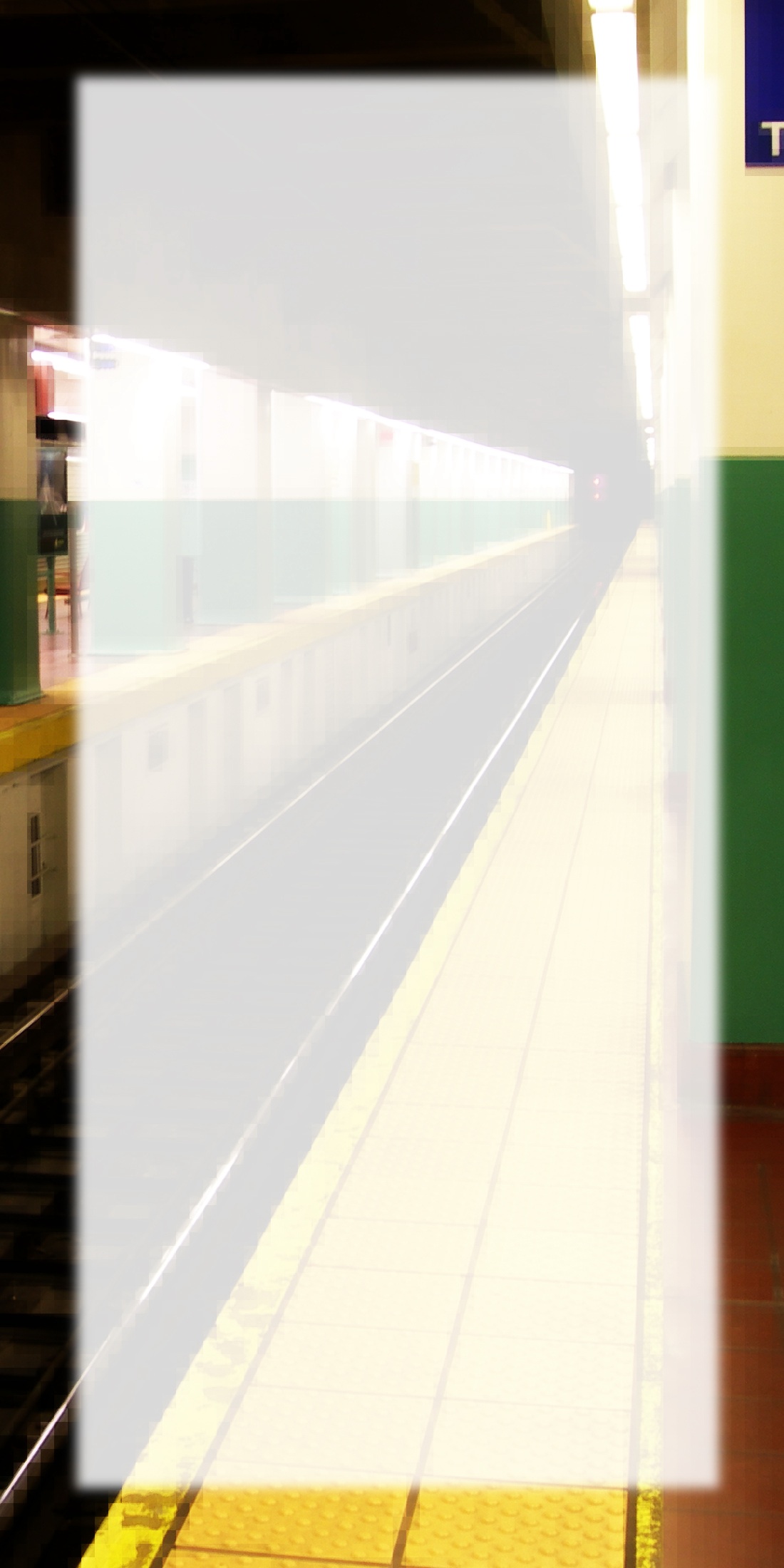Discrepancies Between Art Historical and Psychoanalytic Interpretations of Avant-Garde Painting: Fry and Greenberg contra Balint and Fairbairn by Donald Kuspit
Psychoanalysts and art critic-historians are ships passing in the night of misunderstanding when it comes to avant-garde art, and there is no way of reconciling their different perspectives on it and the understandings that follow from these perspectives. While the psychoanalytic understanding is implicit in the critical-historical understanding--its unrecognized foundation or unspoken subtext, as it were--psychoanalytic thinking, by reason of its weak sense of art and cultural history, lacks the conceptual resources to adequately understand esthetic issues. It is especially weak when it comes to understanding major changes in esthetic value, one of which occurred with avant-garde art. By reason of their psychoanalytic presuppositions Balint and Fairbairn have a limited, biased understanding of the critical moment when a new esthetics, and with it a new sensibility--here broadly called avant-garde esthetics and modern sensibility--emerge on the cultural and historical stage, sometimes offending the old sensibility with its innovations and insights, sometimes enthusiastically welcomed by culturally sophisticated esthetes such as Fry and Greenberg.
They are accepting of avant-garde art in a way that Balint and Fairbairn can never be because of the psychoanalytic template they impose on it. Their psychoanalytic lens blinds them to its esthetic significance, indeed, inhibits spontaneous seeing and lucid attention to esthetic detail. Fry and Greenberg recognize this esthetic feature because they understand the difference it makes art historically. They respond to the new esthetics spontaneously because they know there is no standard way to make sense of it. They are also non-judgmental, whereas Balint and Fairbairn seem to use psychoanalytic concepts to pass judgment on avant-garde art, indeed, condemn it wholesale. It is mentally unhealthy and thus artistically inferior and morally irresponsible. Avant-garde art may be mentally unhealthy--anally regressive and pathologically narcissistic, according to Balint, and sadistically destructive and casually restitutive, according to Fairbairn. (For him, destruction is primary in avant-garde art, restitution secondary, an afterthought required by the conventions of composition, that is, the organization demanded by social presentability.) But perhaps the lack of a clean bill of psychoanalytic health is the prerequisite for the creative licence or heuristic creativity necessary to go against the artistic status quo and cultural superego, gaining moral urgency and esthetic subtlety along the new artistic path. Its alternative esthetic implies the emotional, expressive, and existential inadequacy of the official esthetic, that is, the culturally sanctioned and socially respectable artistic path. Dissatisfaction, pathological or not, with the true and tried has always been the creative way.
Parenthetically one might note that the idea that collective culture and the individual work the same way, which is the assumption that underlies Balint’s and Fairbairn’s interpretations of avant-garde art--it is derived from Freud--is shortsighted. But the idea that the individual is irrelevant to the workings of collective culture, or rather that the individual is simply an exemplification of an idea whose collective time has come--a view that can be traced back at least to Hegel, who famously called Napoleon “history on horseback,” ignoring, indeed, indifferent to the empirical particularities of his personality and lifeworld experience, and even of the post-revolutionary French society in which Napoleon gained authoritarian power and made history--is also shortsighted.
One might as well call Picasso “art history on horseback,” ignoring his huge debt to Post-Impressionism and Neo-Classicism, and also the Parisian art world in which Cubism developed. It was his most revolutionary and influential innovation, but it extended ideas of planarity or flatness already in play in Monet and Gauguin, and self-evident in Cézanne. The individual may be elevated above cultural, social, and economic history, usually by being regarded as a self-generating genius, or the pure idea may be elevated above the individual who becomes its collective manifestation. I hope it is self-evident that each by itself is absurd.
